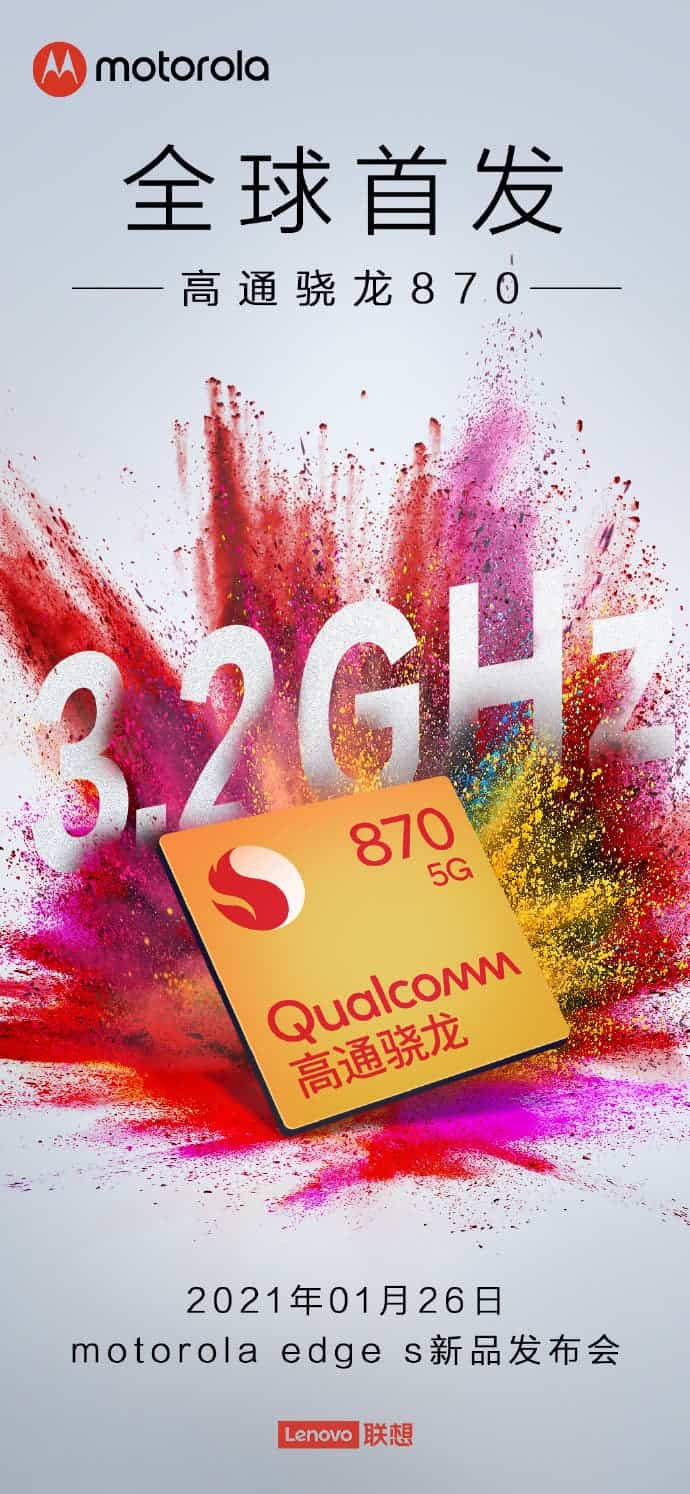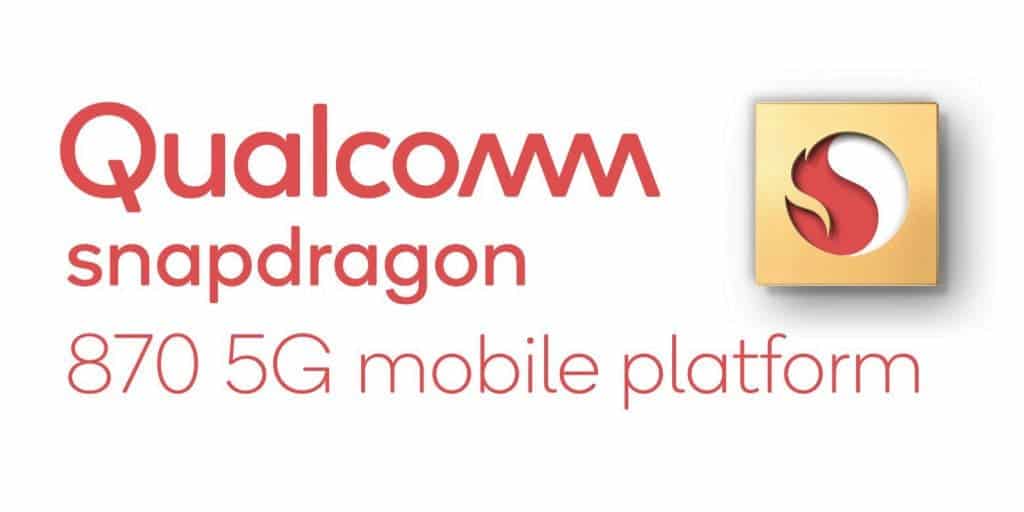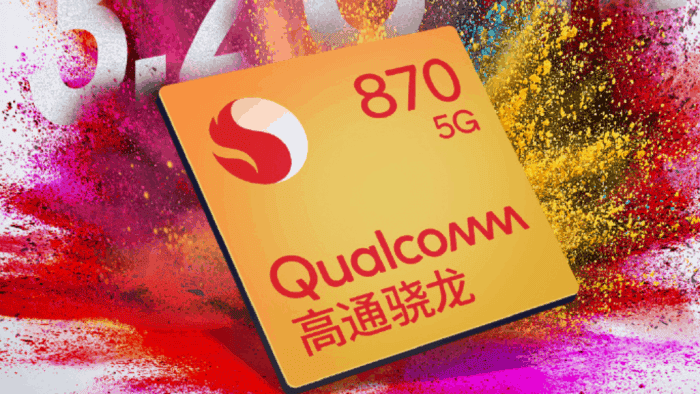Qualcomm recently announced the launch of a new 5G mobile phone chip, Snapdragon 870. This chip is built using TSMC’s Ultraviolet (EUV) 7nm process, and the packaging and testing orders are from ASE Investment Control and Jingyuan Electronics. In addition, it is reported that mobile phone brands such as Xiaomi, Oppo, and Motorola all plan to release smartphones with this chip. A recent report claims that Snapdragon 870 smartphones from these manufacturers are in the mass production and shipment stage. Obviously, the Motorola Edge S should be in the shipment stage since it will officially launch on January 26th. Xiaomi and Oppo are probably in the mass production phase.

According to Qualcomm, the first commercial smartphones with this chip will be available in the first quarter of 2021. In addition, Motorola’s Edge S will be the very first smartphone to use this chip. This, in the coming weeks, we can expect Snapdragon 870 phones from Xiaomi and Oppo
Qualcomm Snapdragon 870 SoC – The Details
Back in December 2020, Qualcomm held its Snapdragon Summit in the United States. During the conference, the chipmaker announced its next big thing for the flagship segment – The Qualcomm Snapdragon 888. This chipset brings the cutting-edge ARM Cortex-X1 and Cortex-A78 cores and also is based on the 5nm node. Xiaomi and Samsung already unleashed the first smartphones with this CPU and more will come. Well, today Qualcomm announced the Snapdragon 870 chipset. The new chip is based on the 7nm node and has a 3.2GHz CPU. It’s basically a Snapdragon 865++.
Cortex-A77 cores clocks at 3.2GHz
The new chipset has the SM8250-AC model number and brings the highest clock speed in the mobile world. The prime core now runs at 3.2GHz, up from 3.1GHz on the 865+ and 2.94 GHz on the vanilla SD865. The last year’s models have been surpassed by Huawei’s last chipset that reached the market with a 3.13GHz prime core. Now, Qualcomm reclaims the title of overclocking master in the mobile segment. For those who enjoy technical specifications, the new Snapdragon 870 makes use of Kyro 585 cores, which are in fact, ARM Cortex-A77 cores with some tweaks from Qualcomm. As aforementioned, the Snapdragon 888 CPU makes use of the Cortex-X1 and A78 cores. They also run at lower frequencies, and this gives space for a Snapdragon 888+ in the future, who knows?
Once again, Qualcomm is betting on the Adreno 650 GPU to ensure high-end graphical performance. However, it’s unclear right now if Qualcomm has applied a clock boost or some tweaks to make it better. The Hexagon 698 and the Tensor Accelerator deliver the same 15 TOPs as the previous Snapdragon 865 chips. So no big news here as the performance in this segment may be the same.

SD870 supports 1440p displays, 8K video recording, Wi-Fi 6, and more
When it comes to the display driver, the chipset can run 1440p panels at up to 144Hz or 4K resolution at up to 60Hz. Just like other high-end offerings, the Snapdragon 870 supports HDR10+. The Spectra 480 ISP is the same inside old models, it offers support for sensors up to 200MP, 8K video capture at 30 fps, or 4K at 120 fps. The chipset also comes with the same FastConnect 6800 as the vanilla 865. It ensures Wi-Fi 6 and Bluetooth 5.2 with aptX Voice and Adaptive. Interestingly, it is down from the Snapdragon 865+ that comes with a FastConnect 6900, which offered Wi-Fi 6E. Just like other chips in Qualcomm’s high-end spectrum, the Snapdragon 870 does not come with an integrated 5G modem. Instead, the chipset is paired with the Snapdragon X55 with sub-6 and mmWave support.
For sure, Motorola Edge S will be the first device to use this chip. However, other Qualcomm partners such as Oppo, OnePlus, Xiaomi, and iQOO may also stick with the new offering. OnePlus, for instance, will unleash an OnePlus 9 Lite this year. Previous rumors were suggesting the Snapdragon 865+ inside the new phone, however, the Snapdragon 870 stands as a better choice. The chipset will be the answer for companies that want to make cost-effective flagships in 2020.





